Interview With Jacob George

Jacob George is the man behind Rethm, India. Rethm is an audio equipment company that was founded in 1998 and their manufacturing facility is located in Kochi. Jacob is an audiophile who is also an architect by profession. Having failed in his search for “soul-satisfying” loudspeakers–at real world prices–his innovative instincts and training convinced him that he had an opportunity here: to create something special by “thinking out of the box”.

GD: What does music mean to you?
JG: It’s not something that means anything specific to me. It’s something that I think is part of life. So I take it for granted as being very much a part of whatever I’m doing. Specific meaning? I don’t think I can attribute anything to it. Life without music I just cannot imagine.
I was introduced to music at a very young age. My mother used to sing. My mother and some of my relatives were very active in music in the church. My uncle was the choir master in the church. He and his three kids were all into music. His kids are about my age and they were all big time into music. The eldest son, who is a couple of years older to me, quit his job and is now teaching the violin in Singapore. My uncle’s third daughter is a very good pianist and she also ended up teaching the piano. They are all in Singapore. So a very musical family and they were very close to us. My mother used to sing with my uncle and do radio broadcast in Singapore as well. The tradition was in the family from a very early age.
That was the beginning with spiritual music. The rest of my exposure came from school. And of course I was taught western classical. That is where my enthusiasm for western classical came about. And then the orchestra in school and so on.
GD: How did you come up with the idea of Rethm?
JG: We had a stereo system—it was all LPs at that time. There was nothing great about them. It was a good Philips system from the 1960s. Even before that, we had something called as the Radiogram. It had a radio in it with knobs, valves and a record player inside. So I grew up with that too. And then we went on with this Philips system. I don’t think I really was sensitive to the quality of the sound at that point, which came much later. I think when I was in college, in Delhi, I actually had an audio system there; that is where I probably started hearing the differences between audio systems. The next step came up when I went to the US and actually had access, in terms of listening, not in terms of buying, to good audio systems in stores.
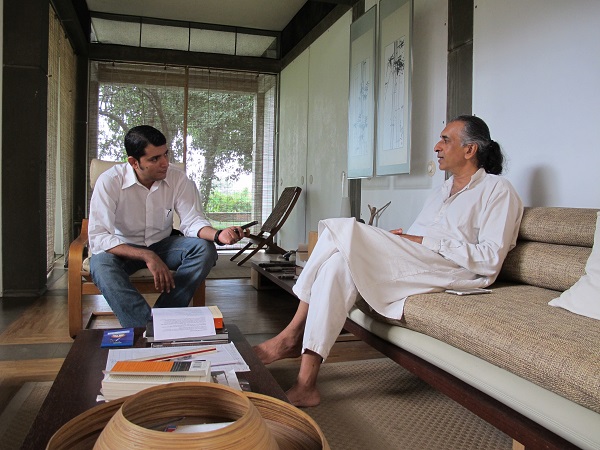
What I heard, mostly in stores and one high-end audio system at a friend’s place, were all a revelation to me that music could sound that way. So the idea of Rethm was basically a search for something that sounded right to me and was inexpensive enough. Ultimately, we are architects and architects tend to always be looking for solutions to any problem. It’s not just with buildings, so whenever we see something our mind starts working—can we do this another way? Is there a better way of doing this? This is the first question a lot of us ask.
We were in Madras and we were staying at a resort. I was telling my friend that being an Architect is both a blessing and a curse; because we don’t take things for what it is. As soon as we see something, we are looking at all the flaws and question it—why did they do this? It could have been done so much better this way or the other. So it’s a natural process the way our mind works.
So when I was looking at audio, immediately I had ideas on how things could probably be improved. When I started working, I used to travel a lot between US and India for various projects. At that time, I had an audio system that was not great. That’s when I started to explore options as I wanted something good to listen to. I started writing to various people about building something for myself as everything was unaffordable. I wanted something that could be managed with low wattage amplifiers, as I wanted something that was very small and portable. Somebody, on one of the on-line chats, suggested this company called Lowther in UK that made high efficiency drivers. And they said that people made their own enclosures for it and so on. That is how it all started.
I started with a pair of Lowther drivers and then my friend’s garage became my workshop. Started experimenting with various designs. After about a year of trying various things, we got a sound that was all wrong but was also right in some ways. The sheer liveliness of the Lowthers just completely seduced me. I said this is amazing and it is at that point, my friend suggested that we should bring this out as a product. That’s how the idea of Rethm started. It started out as a hobby but eventually became a business.
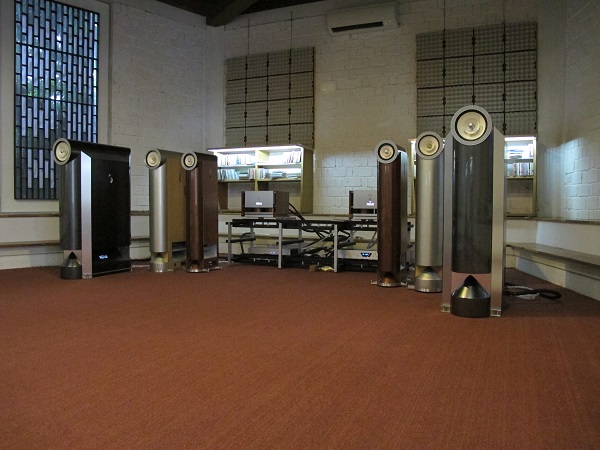
GD: What is unique about Rethm’s products and what more do you plan to achieve?
JG: I’m particular about the details, the designs and the way my products have to sound. I will not bring out a product unless I’m totally happy with it. That having been said, the Rethm’s earlier products in the first 07 – 08 years had problems. That was ultimately an unsolvable problem which was the bass; the rest of it was really good. So I won’t call that a problem but it was something that was just unattainable with a single full-range driver. Which is why I took the next step of deciding to bring in augmented bass into our designs.
But yes unless it does not sound absolutely right to my ears, I’m not going to bring the product out. So from that point of view—extreme amount of care is taken. As far as building the product is concerned, unfortunately it is not completely in my hands, it also depends on my workers. We do the best we can. We workout the industrial designs in such a way that flaws are minimised. Make things simpler and easier to build, so that they can do it without too many flaws creeping into the process.
Rethm is unique in the market as it is a different type of speaker. There are other manufacturers manufacturing similar type of speakers, but I think we are the only one, at this point, doing a full-range with a bass module. Lot of other brands also have powered bass modules. Even Avantegarde Acoustic, from Germany, has powered bass modules with its horn mid-range and tweeter. A wide-bander with a bass module, I think we are probably the only one doing it. It’s conceptually different and of course, it is a fact that it sounds different from the other speakers in the market. Ultimately you are doing it for the sound, the concept just follows. To achieve something you may have to try something different.
DACs and other digital sources are not our expertise so we may not develop them. I just want to stick to things that we can do differently from other brands. There should be a distinct difference. Just doing more of the same is not going to get us anywhere. Which is why our speakers are unique in many ways. If it has to succeed that is the only way it will succeed.
We are still working on our hybrid amplifier designs. It will be a little less expensive than the valve amplifiers we currently have. I also have ideas for more speakers which I will be trying out as soon as we stabilise what we already have as a business.
So it’s always trying new ideas and pushing the envelope at Rethm.
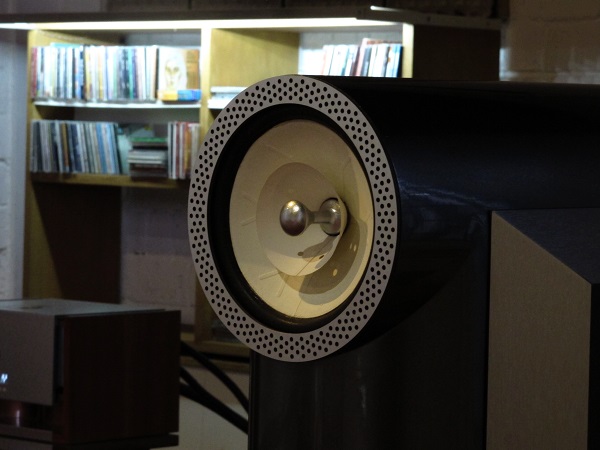
GD: Are Rethm speakers made in India and if so does it have a price advantage?
JG: Rethm products are completely Indian. They are handcrafted in Kochi and 99% of the parts are sourced from within the country. The only thing, which I think we import, are the volume controls which are British if I’m not mistaken.
The wide-banders we use now are also made in India, even then, they are very expensive. Also it is manufactured in very small quantities. We order maybe 30 pieces at a time. If I was able to order 2000 pieces, at a time, then yes the prices will come down. The drivers are a high priced item. We can’t offer it for less because it is very complex to build and pretty difficult to finish—the quality of the paint work takes a lot of work to bring it to that level. So there is a lot of labour that goes into it as well.
Our new speaker models are not cheaper than our older models, because we now also have the amplified bass modules built into our speakers’ enclosures. All the electronics that go into the bass modules. The fact that we have 02 or 03 drivers in each enclosure to play bass—there are lots of additional parts that have come in as well.
GD: What has been Rethm’s best-selling product?
JG: Among the speakers it is the Maargas—the middle one in our line-up. Saadhanas came out a year ago so they have not been very widely heard as yet. Surprisingly, after the Saadhanas came out, most of the enquiries are for Saadhanas, which is quiet interesting. They are also the most expensive speakers that we have built yet. They also weigh about 40kgs each.
The Rethm Gaanam amplifiers were introduced last year. I’ve shown it at 02 audio trade shows so far. So again, they are not something that we have shown in too many places at this point.
We have received several awards from 6moons itself over the years. And then all the reviews that you will see online.
GD: Do you think you could integrate Rethm products in modest city apartments?
JG: Absolutely. Why not? I would be happy to take you to my friend’s place. His room is only 09×12 feet in size. It is amazing what he has managed to do with that set-up in that small room. He is into vinyl and computer audio. Two weeks ago, he bought the Gaanam amplifier as well to pair them with the Trishna speakers.
He is very dedicated and it took him a couple of months to get the sound right But it sounds right!
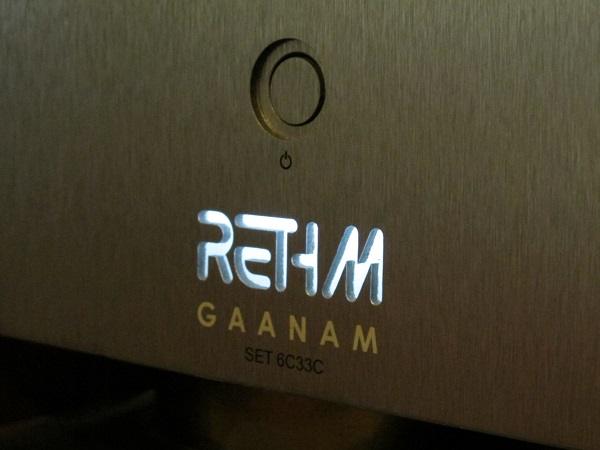
GD: Who have been Rethm’s biggest customers?
JG: They are all individual music lovers from around the world. There is one particular customer from the industry by the name of Ivan Hardy. He is actually a producer of a label, in the US. He bought the Maargas first and then, last year, upgraded to Saadhanas without even hearing them. The Maargas he had auditioned extensively at my New York dealer’s place. And he said he wanted to upgrade and bought the Saadhanas.
He did not set it up for eight months because his room was not ready in his basement. He just set it up, 02 weeks ago, and was very happy with it. He said he bought it unheard and it has exceeded all his expectations.
Most of Rethm customers are people with a refined taste by the time they come and listen to our products. They either like them or they don’t.
GD: Do you think Rethm being labelled as an Indian brand had any impact on its success?
JG: Most certainly! I think that is the greatest challenge that we have faced. But the fact that it is coming from a country that is not well-known for its manufacturing certainly makes a difference. If there is a product coming out of Germany, chances are we will not even question it. It may be a crappy product but as you hear ‘made in Germany’ it’s already passed one test. That having been said, they are one of the most amazing manufacturers in the world. A German product is a German product. Their standards are so high, I don’t think I’ve seen a bad German product. There are reasons for us to feel that way.
The good thing, I guess, is that there are not many other Indian products in the market. So they can’t say Indian products are bad, there is nothing for them to judge against, that we can be compared to. We don’t really sell a lot of consumer products, that are sold in the west, but we do make a lot of machines, tools etc.
So I’m not sure if this brand could have been perceived differently if they were manufactured in the west. The unfortunate thing is that we are just speculating. Who is to know? But it is true that it has been less of a challenge to sell Rethm products to a westerner than to sell it to an Indian. Most of my western customers overlook that the fact that it is an Indian product, once they listen to it, but with the average Indian—it’s been very tough to get them to do that.
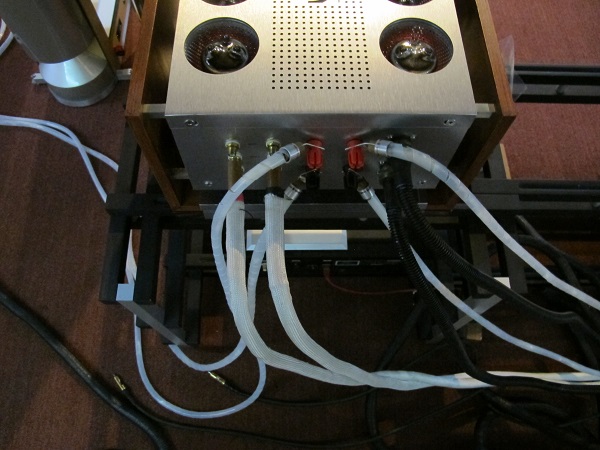
GD: Do you think cables, accessories and tweaks makes any difference in a music system?
JG: It certainly does! I have played with some of these accessories but at a very limited level. Access is one thing, some of it does not cost a lot, but still importing the stuff becomes a bit of a pain. So I have not gone into it in great detail. I have worked with certain things like different wires and so on and I design some of it myself. So wherever I have been involved, I have tried certain things to listen to how these things can make a difference.
A lot of these tweaks improves things in a certain area and affect things in certain other areas. It is a balance that you may or may not like. By and large, so much of my time is already spent on refining my core products—the speakers and the amplifiers. That I just don’t have the time to get into audio tweaks. But yes, they do make a difference.
GD: How do you listen to music?
JG: It depends. A huge amount of my music listening (not here, but when in the US) comes from my car. So whenever I’m driving, I have the radio on. It gives me great pleasure. Frankly it does. I don’t carry my CDs when I’m on a car trip. I just use the radio, as I’m looking for something new and I don’t want to listen to my own CDs. That’s something that I greatly miss in this country because we have no good radio services.
The second way of listening is serious listening. I do not listen to headphones. I just listen to music in my dedicated listening room using the speakers that I design and build. After getting into this business, I spend much time listening critically that I don’t have time for listening casually.
I don’t dream of owning any brand of equipment as such, but I do dream of designing some new equipment. I want to take this to the next level. I have always dreamt of a music system with no speakers in front of me. I don’t know if that is ever going to be possible. For that, you need to have completely new technology. There is nothing on the horizon. I don’t see that happening in my lifetime. There has been some experiments where they actually project sound like a holograph. I’m not sure how far it is true or successful.
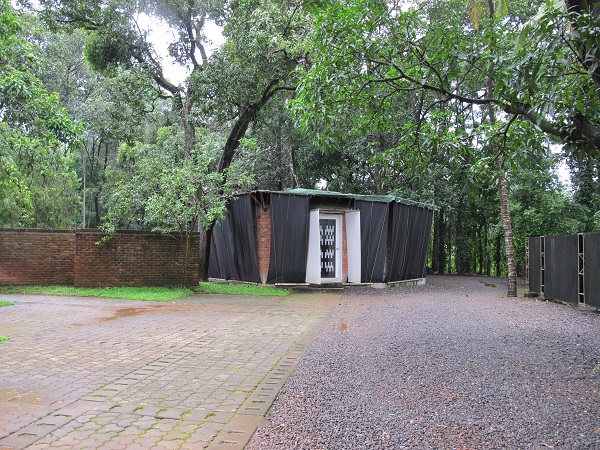
GD: What music do you listen to?
JG: I don’t have any particularly favourite genre, artist, band or album that I listen to. I’m always exploring and looking for new styles of music. One of my recent finds has been British artist Adele. I particularly like that kind of voice. There are actually quite a few that I like.
GD: Where do you get your music from and what formats do you listen to?
JG: I listed to Vinyl when opportunity permits. But I mostly listen from the collection of over 1200 CDs that I have in my collection. I’m currently contemplating ripping my CDs and storing it in a hard-drive and maybe explore the possibility of trying computer audio in my audio system.
I buy my CDs when I travel abroad or within India. I also get to hear the very best formats in audio when I participate in high-end audio tradeshows around the world.
GD: What do you think about free downloads and piracy?
JG: No comments.
GD: Do you have any other hobbies?
JG: As an architect I like to design stuff and improve upon designs that I see. I’m sure that is also the case with most other architects.

GD: Who has been your greatest inspiration & why?
JG: My father has been a great inspiration to me. He taught me the good values and virtues in life. He showed me how to be a good human being.
Mahatma Gandhi is also an inspiration. The book The Story of My Experiments with Truth by Mohandas Gandhi has had profound influence on me.
GD: What is your favourite quote?
JG: The best is yet to be…
For more information on Rethm please click on this—LINK.
